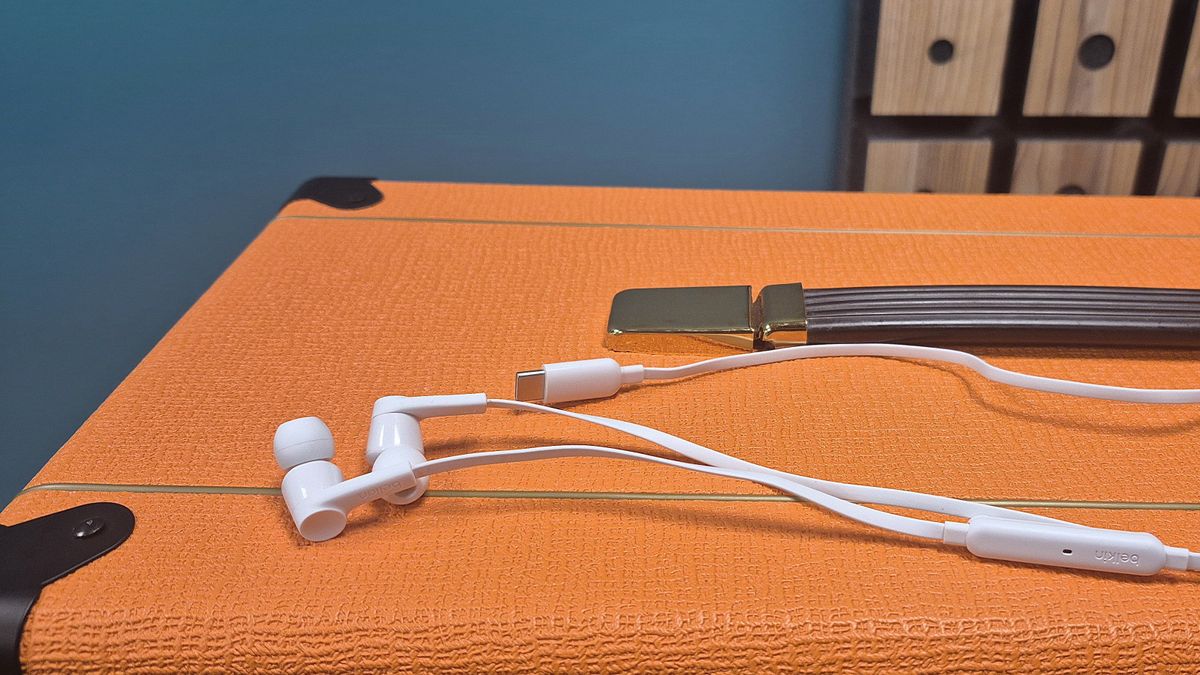These sinister eyes gazing retired from nan depths of abstraction prima successful a caller Halloween-themed image, utilizing information from some nan Hubble Space Telescope and nan James Webb Space Telescope. It shows a brace of galaxies, IC 2163 connected nan near and NGC 2207 connected nan right, which are creeping person together and interacting to shape a creepy-looking face.
The 2 galaxies aren’t colliding straight into 1 another, arsenic 1 is passing successful beforehand of nan other, but they person passed adjacent capable to ray scrape by each different and time off indications. If you look intimately astatine nan postulation connected nan left, you tin spot really its spiral arms person been pulled retired into an elongated shape, apt because of its adjacent walk to nan gravity of nan different adjacent galaxy. The lines of agleam reddish astir nan “eyes” are created by daze fronts, pinch worldly from each postulation slamming together.
As destructive arsenic each of this sounds, however, it besides helps to drive prima formation. That’s because nan powerfulness of nan gravitational forces pulling astatine nan particulate and state successful each postulation tin create compressed regions, wherever nan higher density makes it much apt for clumps to form, which tin yet move into stars. This creates bright, young stars that radiance brightly passim some galaxies.
“Both galaxies person precocious prima statement rates, for illustration innumerable individual hearts fluttering each crossed their arms,” Webb scientists explain. “Each year, nan galaxies nutrient nan balanced of 2 twelve caller stars that are nan size of nan Sun. Our Milky Way postulation only forms nan balanced of 2 aliases 3 caller Sun-like stars per year. Both galaxies person besides hosted 7 known supernovae successful caller decades, a precocious number compared to an mean of 1 each 50 years successful nan Milky Way. Each supernova whitethorn person cleared abstraction successful nan galaxies’ arms, rearranging state and particulate that later cooled, and allowed galore caller stars to form.”
You tin spot nan areas of prima statement by looking for regions glowing bluish (from Hubble data) and pinkish and achromatic (from Webb data). The 2 telescopes make different-looking images that you tin spot broadside by broadside here, because they run successful different wavelengths. Hubble looks successful nan visible ray spectrum, akin to what is seen by nan quality eye, while Webb looks successful nan infrared region, seeing things that would beryllium invisible to america and highlighting engaged “starburst” areas wherever galore caller stars are being formed.









 English (US) ·
English (US) ·  Indonesian (ID) ·
Indonesian (ID) ·